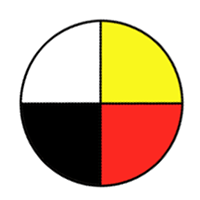Extend and apply understanding of linear relations including:
- patterns and trends
- graphs
- tables of values
- equations
- interpolation and extrapolation
- problem solving.
[CN, PS, R, T, V]
| (a) |
Analyze graphs, tables of values, number patterns, and/or equations to generalize characteristics of linear relations. |
| (b) |
Analyze relations in sets of graphs, tables of values, number patterns, and/or equations to sort according to whether the relations are linear or nonlinear. |
| (c) |
Represent and explain the linear relation in given contexts, including direct or partial variations, using equations, tables of values, and/or sketches of graphs. |
| (d) |
Analyze contexts and their graphs to explain why the points on the graphs should or should not be connected. |
| (e) |
Create, with or without technology, a graph to represent a data set, including scatterplots. |
| (f) |
Analyze graphs of data sets, including scatterplots, to generalize and describe the trends. |
| (g) |
Analyze and sort a set of scatterplots according to the trends represented (linear, nonlinear, or no trend). |
| (h) |
Critique statements such as "Trends allow us to predict exactly what will happen in the near future." |
| (i) |
Solve situational questions that require interpolation or extrapolation of information. |
| (j) |
Relate slope and rate of change to linear relations. |
| (k) |
Match given contexts with their corresponding graphs and explain the reasoning. |
| (l) |
Create and solve situational problems that involve the application of a formula for a linear relation. |






